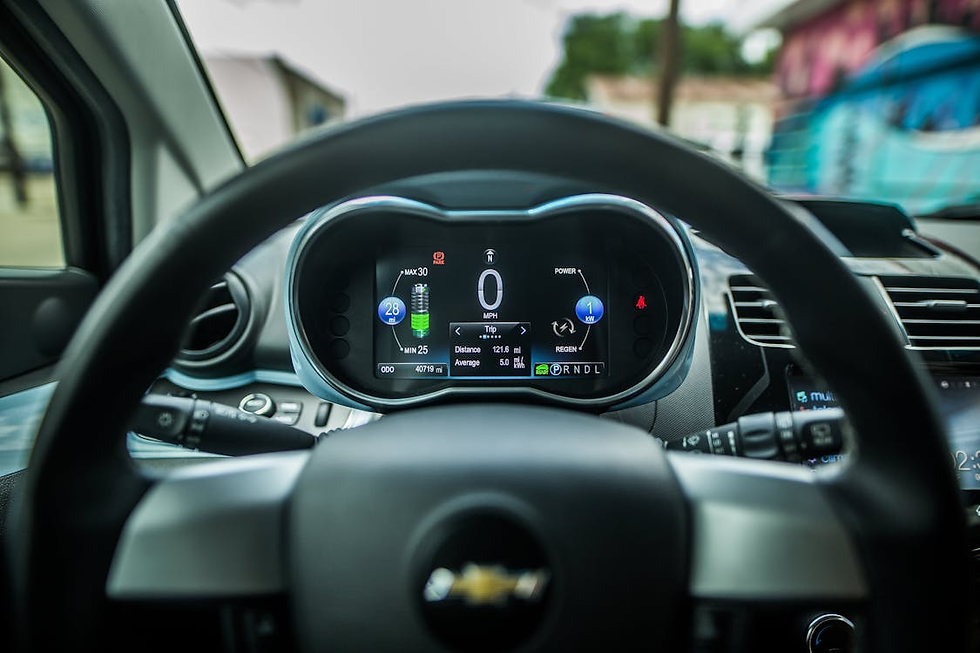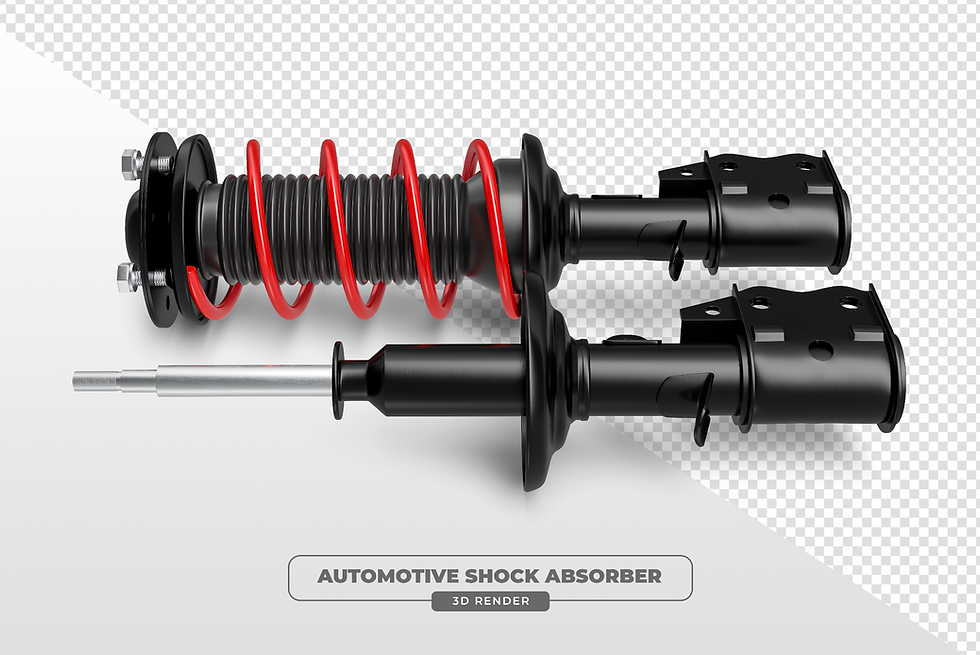How Tire Sidewall Damage Impacts Driving Safety
- web service
- 20 minutes ago
- 2 min read
When it comes to driving safety, tires are your first line of defense. Yet many drivers overlook one of the most critical parts of a tire — the sidewall. Unlike the tread, which directly grips the road, the sidewall supports the tire’s structure and absorbs the impact of daily driving.
Damage here is more dangerous than most people realize, often leading to sudden blowouts and serious accidents if ignored. Let’s break down what tire sidewall damage looks like, why it’s such a threat, and how a tire replacement can help.
1. What Causes Tire Sidewall Damage?
Sidewall damage doesn’t just happen overnight — it builds up from common driving conditions such as:
Curb impacts: Scraping or bumping into curbs can weaken the sidewall.
Potholes: Deep road imperfections can cut or bruise the tire.
Underinflation: Driving on low pressure puts excess stress on the sidewall.
Aging rubber: Over time, tires naturally lose flexibility and become more prone to cracking.
Understanding these causes is the first step in preventing bigger safety issues.
2. How to Identify Sidewall Damage Early
Spotting problems before they escalate can save you from a dangerous blowout. Look out for:
· Bulges or bubbles in the sidewall — a clear sign of internal damage.
· Cuts or cracks running along the tire.
· Visible cords or threads — an urgent sign your tire is unsafe.
A quick visual inspection every few weeks can go a long way in preventing accidents.

3. Why Sidewall Damage Is More Dangerous Than Tread Wear
While worn tread reduces grip, sidewall damage threatens the entire structural integrity of your tire. A compromised sidewall cannot be repaired the way tread punctures can. Once weakened, the risk of sudden failure increases dramatically, especially at highway speeds where a blowout can cause loss of control.
4. What to Do If You Notice Tire Sidewall Damage
If you see any signs of sidewall damage:
· Don’t ignore it. Continuing to drive can quickly turn a minor issue into a major accident.
· Avoid patch fixes. Sidewalls cannot be safely repaired like tread punctures.
· Replace the tire immediately. This is the only reliable solution.
· Seek professional help. A certified car mechanic can confirm the severity and recommend the safest course of action.
5. Preventing Tire Sidewall Damage
You can’t always avoid hazards on the road, but you can reduce your risk by:
· Keeping tires properly inflated.
· Avoid sudden curb impacts or potholes whenever possible.
· Rotating and inspecting tires regularly.
· Replacing tires as they age, even if the tread looks fine.
A little prevention goes a long way toward keeping your car safe and reliable.
At Platinum Wrench Auto Repair in Pinellas Park, your safety is our priority. If you’ve noticed tire sidewall damage, don’t take chances. Let our car mechanics inspect, advise, and replace your tires quickly and professionally. Stay safe, stay confident on the road. Schedule your tire replacement service with us today!




Comments